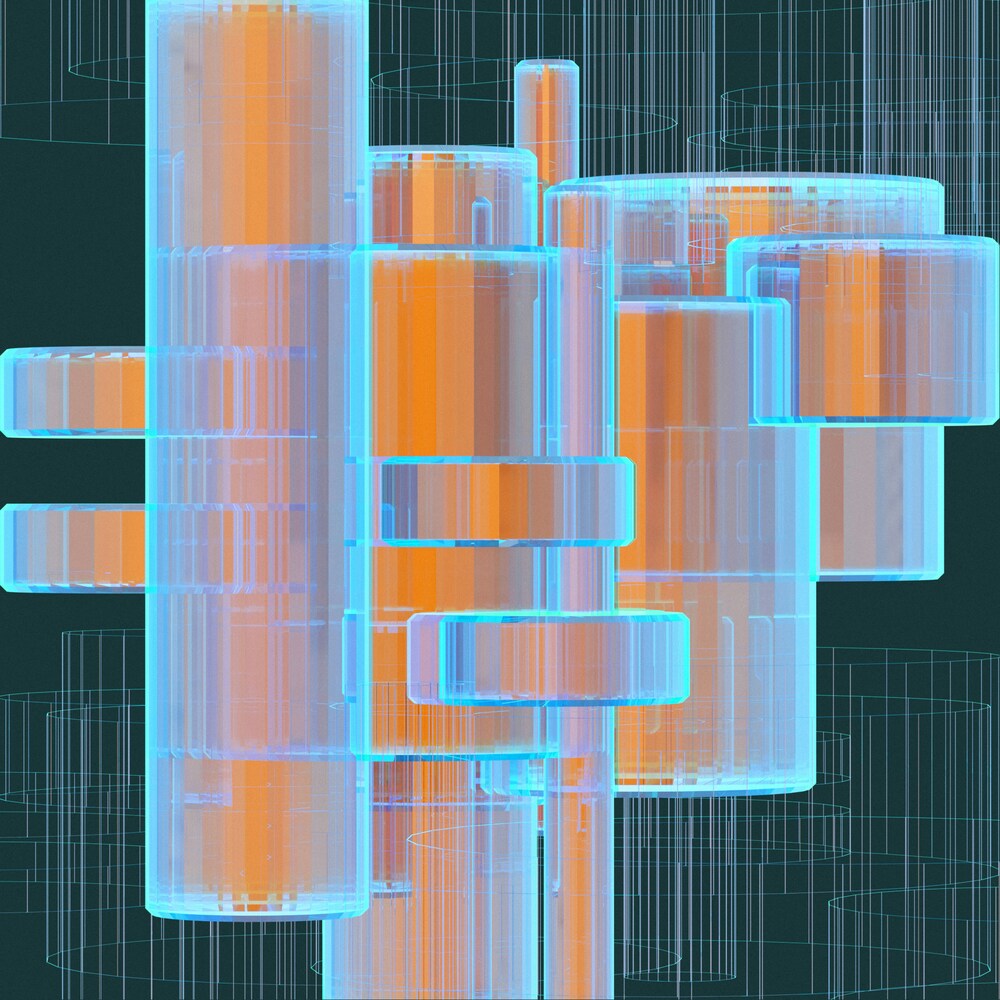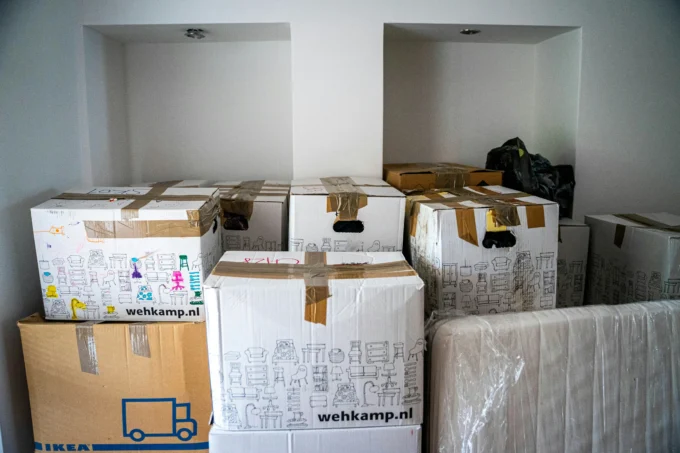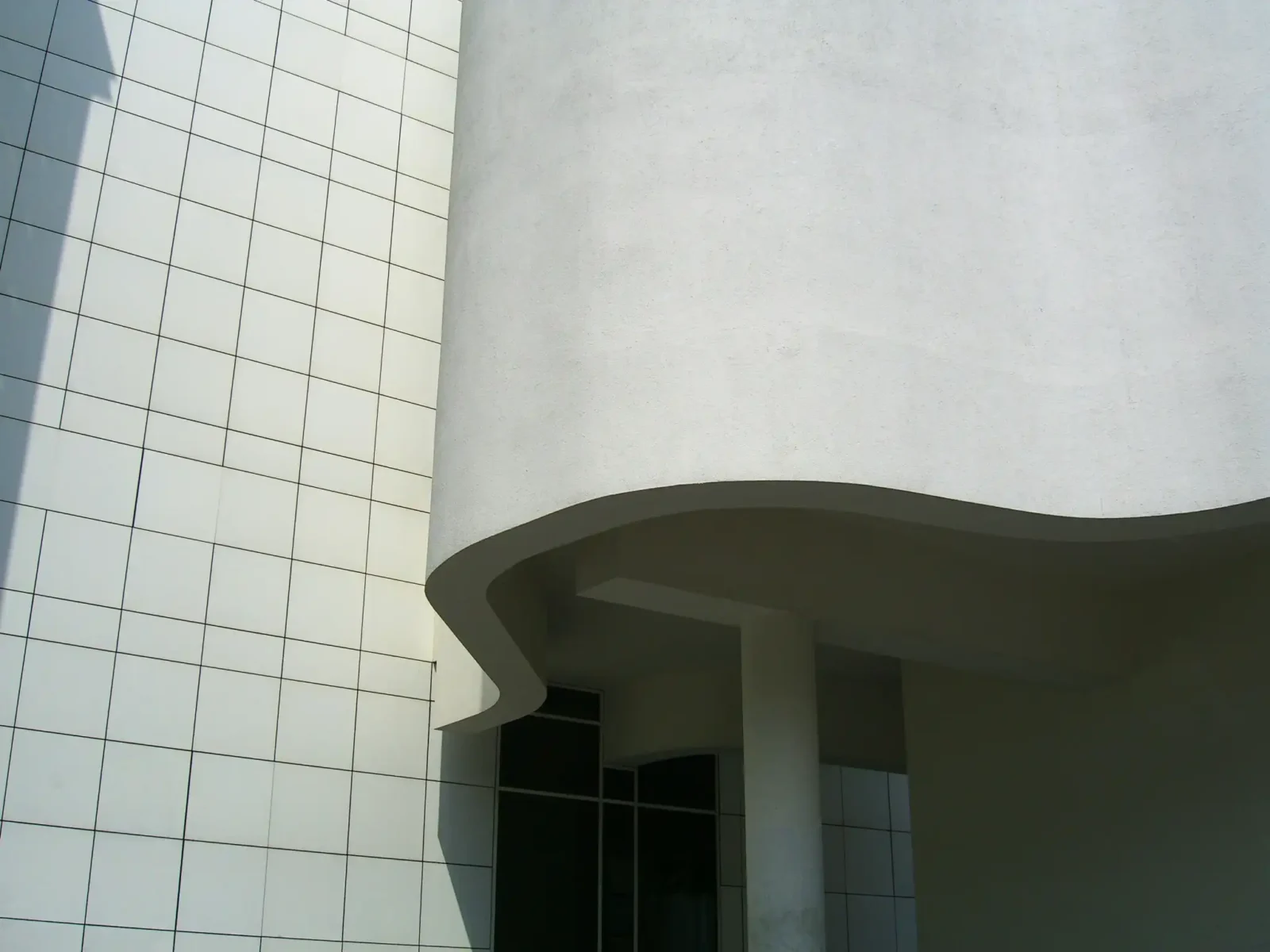- Home
- Articles
- Architectural Portfolio
- Architectral Presentation
- Inspirational Stories
- Architecture News
- Visualization
- BIM Industry
- Facade Design
- Parametric Design
- Career
- Landscape Architecture
- Construction
- Artificial Intelligence
- Sketching
- Design Softwares
- Diagrams
- Writing
- Architectural Tips
- Sustainability
- Courses
- Concept
- Technology
- History & Heritage
- Future of Architecture
- Guides & How-To
- Art & Culture
- Projects
- Interior Design
- Competitions
- Jobs
- Store
- Tools
- More
- Home
- Articles
- Architectural Portfolio
- Architectral Presentation
- Inspirational Stories
- Architecture News
- Visualization
- BIM Industry
- Facade Design
- Parametric Design
- Career
- Landscape Architecture
- Construction
- Artificial Intelligence
- Sketching
- Design Softwares
- Diagrams
- Writing
- Architectural Tips
- Sustainability
- Courses
- Concept
- Technology
- History & Heritage
- Future of Architecture
- Guides & How-To
- Art & Culture
- Projects
- Interior Design
- Competitions
- Jobs
- Store
- Tools
- More
5 Steps to Protecting Critical Infrastructure from Modern Cyber and Physical Threats

From energy and water networks to transportation hubs and medical facilities, modern societies rely on complex systems that keep daily life running smoothly. As these systems become more interconnected, their exposure to digital and physical risks grows, which places greater pressure on organisations to safeguard essential operations. When critical infrastructure is disrupted, the effects ripple across entire communities, threatening public well-being and creating long-term instability.
Organisations increasingly recognise that these threats are evolving in scale and sophistication. Traditional barriers are no longer sufficient, and isolated security measures cannot keep pace with adversaries who are capable of launching coordinated, hybrid attacks. To maintain reliability and public trust, a more comprehensive approach is required.
This article outlines practical steps that can help organisations be more resilient against threats and reduce the potential societal impact of security incidents.
Establish an Integrated Security Framework
A comprehensive approach begins with integration. Instead of treating physical security and cybersecurity as separate domains, organisations can align them under a single framework. This shift creates a clearer operational picture and reduces the risk of gaps that adversaries might exploit.
An integrated structure also improves coordination. Shared terminology, consistent policies, and centralised oversight allow information to flow more freely across teams. When data from different sources converges, decision-makers gain faster situational awareness and can act with greater confidence.

Beyond immediate incident response, integration fosters a long-term culture of collaboration, reducing fragmentation and strengthening organisational awareness. Viewing operations as a connected environment empowers organisations to build a security posture that is more resilient against complex threats across multiple domains.
Adopt Advanced Monitoring and Sensemaking Capabilities
Integration alone is not enough. Organisations also need sharper visibility into their environments. By combining sensors, surveillance tools, access controls, and digital monitoring systems, they can gain a cohesive view that highlights vulnerabilities more clearly. Modern analytics add another layer, turning raw information into actionable insight that helps organisations stay ahead of emerging issues.
Intelligent surveillance and automated alerting systems help cut through routine noise. Rather than being overwhelmed by constant streams of information, security agents can focus attention on genuine risks when equipped with such technologies. Incorporating these tools into a central operations function enables decision-makers to gain the context needed to evaluate incidents accurately and coordinate responses more effectively.
Sensemaking capabilities, which involve combining information from different sources, further enhance this process. They provide context that helps distinguish between minor anomalies and genuine threats. Sharper visibility and stronger interpretation of data allow organisations to prevent disruptions before they escalate, keeping daily operations steady.
Strengthen Emergency Response Preparedness
Preventive measures reduce risk, but they cannot eliminate it entirely. Preparedness is therefore essential for limiting the severity of disruptions and ensuring that services recover quickly. Clear response procedures that define roles, communication paths, and escalation thresholds give organisations a structured way to manage different types of incidents.
Regular training reinforces these procedures and helps personnel remain confident in their responsibilities. When teams know how to coordinate with internal departments, external partners, and public agencies, they can act with greater precision during time-sensitive situations. Reliable communication tools also support efficient coordination, especially as multiple stakeholders work together.
Whether physical or digital, well-rehearsed response planning strengthens stability during crises. It enables rapid containment of physical breaches, cyber intrusions, or combined attacks. Ultimately, improved readiness gives organisations the confidence to act decisively, reducing the impact of crises on communities.
Build Cyber Resilience into Operational Technology (OT)
Operational technology platforms form the backbone of essential services. Designed primarily for reliability, they often lack robust security features, which makes them vulnerable to cyber threats. Strengthening these systems is therefore crucial to maintaining operational continuity.
Key protective measures can include securing remote access pathways and segmenting networks, as well as enforcing strict authentication controls. Regular updates and configuration reviews further reduce exposure to known vulnerabilities. Monitoring traffic within OT environments also helps detect abnormal behaviour before it escalates into a serious incident.

Separating operational networks from corporate systems adds another layer of resilience, limiting the chance that an attack in one environment will spread to the other. When these protections are reinforced by staff training and clear policies, organisations are better prepared to manage the unique demands of OT security. Such improvements ensure that essential services continue without interruption.
Conduct Regular Stress Testing and Cross-Domain Exercises
Readiness must be tested, not assumed. Stress exercises expose weaknesses that routine operations often conceal, giving organisations a clearer picture of their resilience. Whether simulated cyber intrusions, physical breach attempts, or hybrid threat scenarios, these activities provide opportunities to practise coordinated responses under realistic conditions.
Cross-domain drills bring together security personnel, operations staff, and technical specialists to practise joint responses. These exercises also help confirm if communication channels and decision-making structures, along with contingency plans, function as intended.
When carried out regularly, such rehearsals provide practical insight into how teams respond under strain, allowing organisations to make targeted improvements where they matter most.
Protecting essential systems demands both foresight and flexibility. Organisations that align their teams and maintain a clear view of their operational environment are better equipped to manage vulnerabilities and act decisively when incidents occur. Committing to continuous improvement allows them to build resilience that sustains public trust and keeps essential services running in an evolving threat landscape.
illustrarch is your daily dose of architecture. Leading community designed for all lovers of illustration and #drawing.
Submit your architectural projects
Follow these steps for submission your project. Submission FormLatest Posts
The Ultimate Guide to Fencing in North Dakota: Choosing the Best Fence for Your Property
Watching a chain link fence twist in 70 mph winds near Minot...
Gaudí: Where Architecture Meets Science
Gaudí: Where Architecture Meets Science shows catenary arches, ruled surfaces, and biomimicry...
How Housing Market Forces Shape Architectural Design Today
Architecture never exists in isolation. Buildings rise from a mix of ambition,...
Why Portable Formaldehyde Gas Detectors Matter on Construction Sites
As construction practices shift toward more enclosed and material-intensive environments, the risk...












Leave a comment